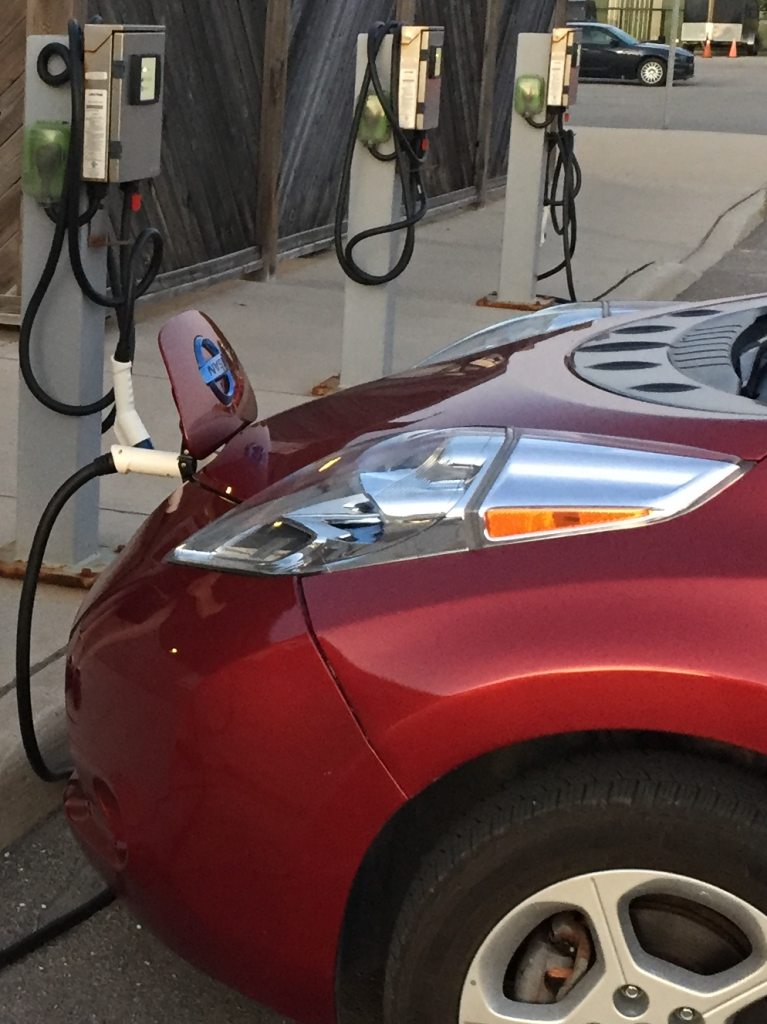About Electric Vehicles
Protecting our planet for generations to come.
The next major evolution in transportation is driven by the introduction of Electric Vehicles to the market place. Several recent developments are making this evolution possible:
- Battery technology – improved chemistry resulting in longer battery life and greater storage capacities; which means you will be able to drive for longer and farther without having to charge.
- Lighter composite materials allowing for improved construction methods for all type of vehicles – less energy required to propel the vehicle.
- The higher cost of Electric Vehicles continues to drop as more are produced and battery costs continue to come down.
- Almost every manufacturer now has an electric vehicle line-up increasing choices by offering new models to choose from.
- Electric vehicles are cheaper to run and maintain and have become a viable alterative to fossil fuel vehicles. The total cost of ownership over 5 years is typically 30% lower for an EV than a comparable ICE vehicle
- Public awareness of the detrimental effects of vehicle emissions makes the choice to go electric easier and more critical as we move more into the 21st century.
- Governments and the auto industry realize that days are numbered for ICE vehicles if climate change targets are to be met.

What is an EV?
Electric Vehicle
EV
Fully electric vehicles use rechargeable battery packs to store energy. This stored energy is used to power an electric motor.
EVs produce zero tailpipe emissions. Significantly reduces greenhouse gas emissions and air pollution. In fact, EVs don’t have tailpipes!
Saves money. Electricity is cheaper per kilometer than gas! Ranges on a single charge vary by vehicle make and model between 200 km and 600 km.
Plug-in Hybrid Electric Vehicle
PHEV
Plug-in hybrids use rechargeable battery packs to store energy to drive an electric motor in the same way as a fully electric vehicle, but also have a gas engine backup when the batteries become depleted.
Produces Zero tailpipe emissions while operating in EV mode, but do emit green house gases when the gasoline engine or generator turns on to extend the range. The shift from the EV mode and the gas-powered mode is automatic and hardly noticeable to drivers
All of the advantages of fully electric vehicles while daily driving is between 20-80 km (depending on make and model) while limiting recharging needs on longer trips by using gas.
Internal Combustion Engines
ICE
The internal combustion engine is a familiar transportation power source using fossil fuels such as gasoline, diesel, and propane.
Operating ICE vehicles account for nearly 30% of Green House Gases and are one of the major sectors responsible for carbon emissions.
Will still be around for a while, especially in areas where charging networks are not readily available. Although continue to negatively impact climate change.
We gratefully acknowledge the generous financial contribution made by the Orillia Area Community Development Corp. (CDC).

And the generous financial support of the CIBC

And the continuing support for Sustainable Orillia by the City of Orillia

